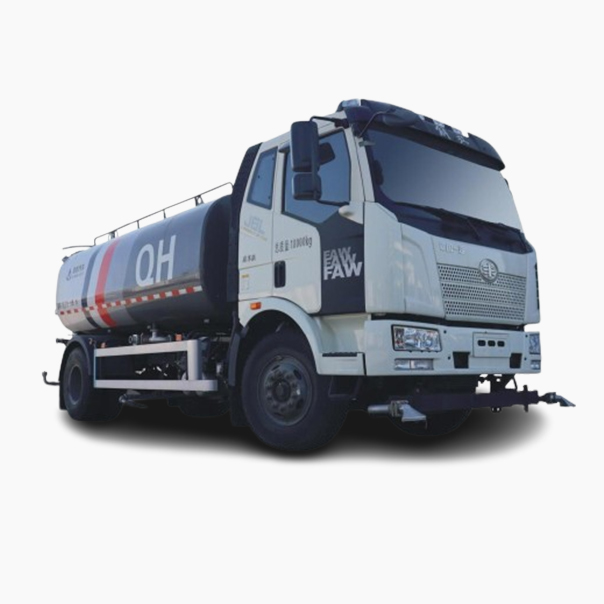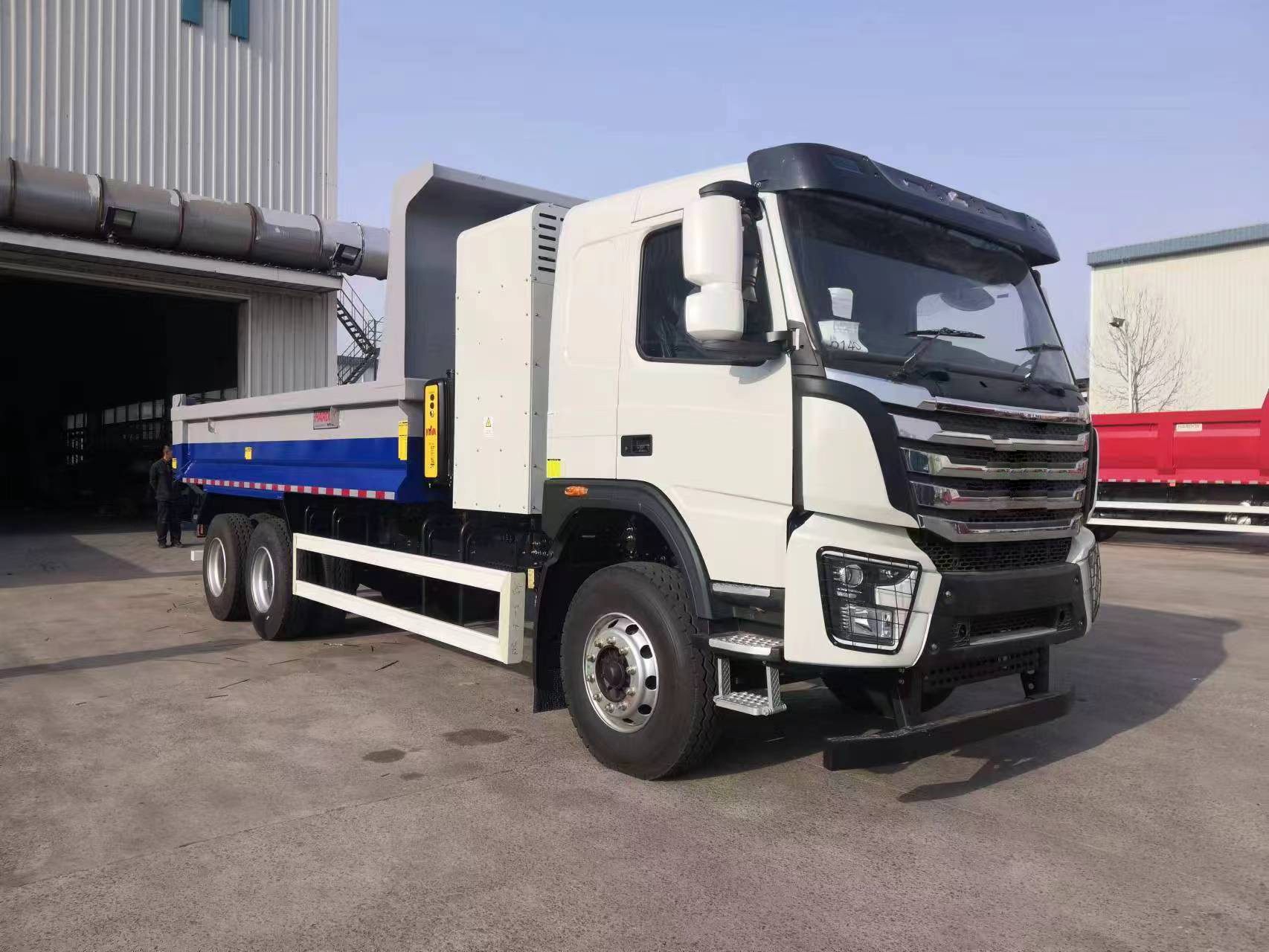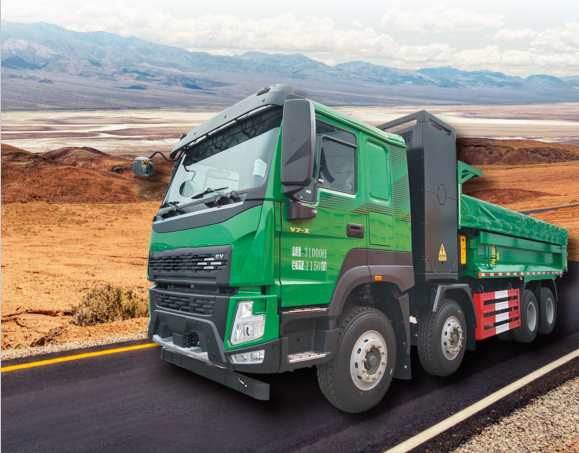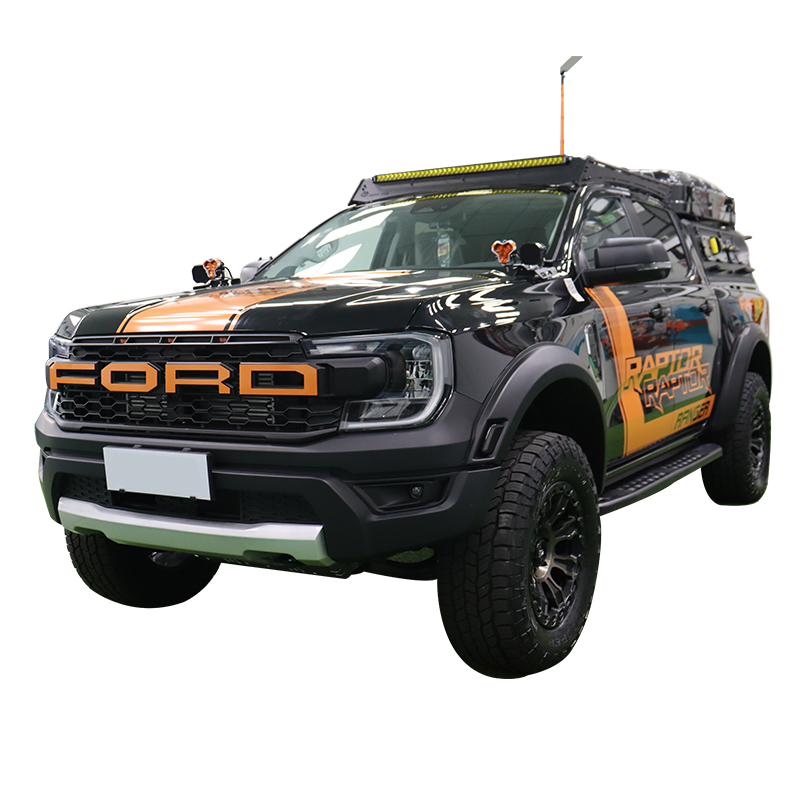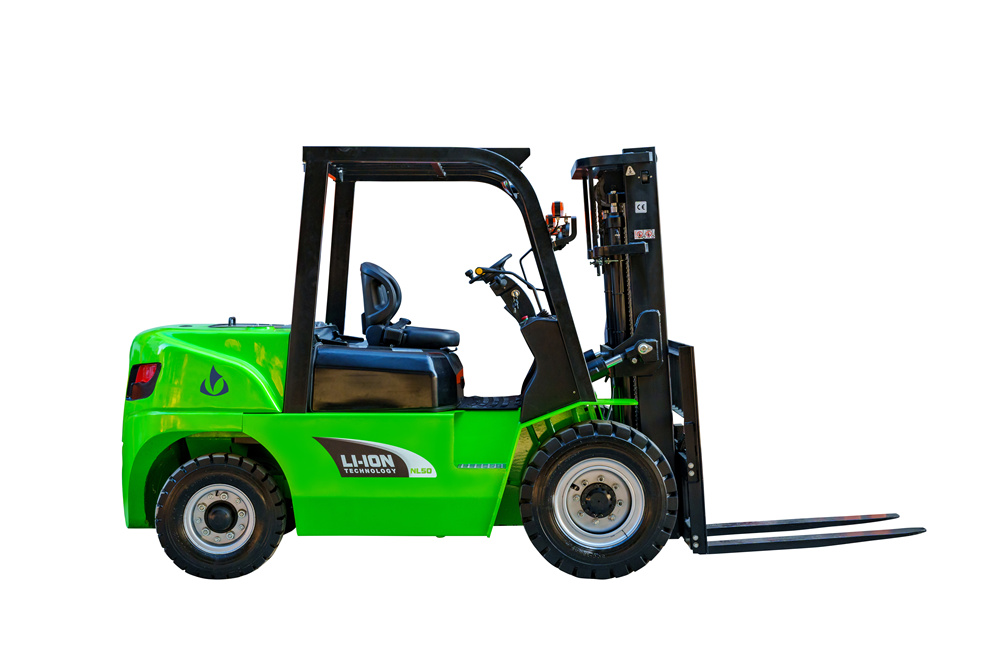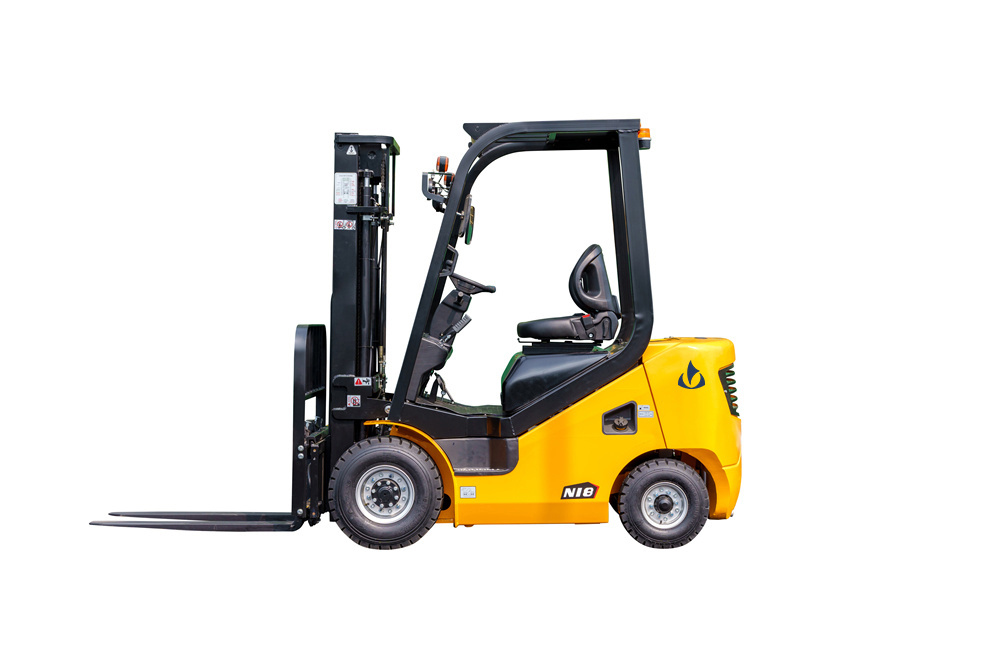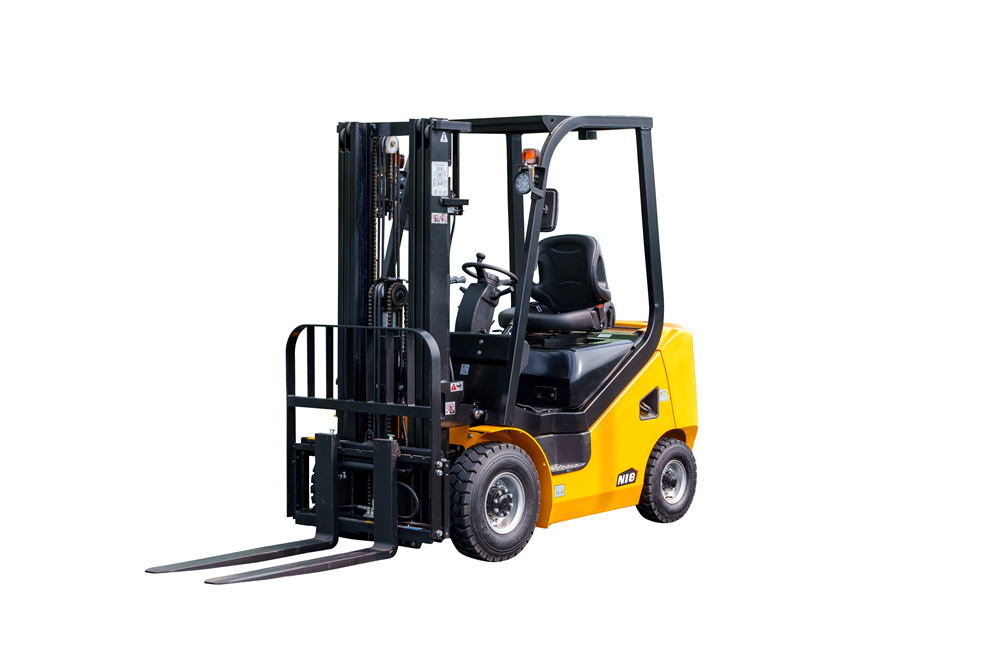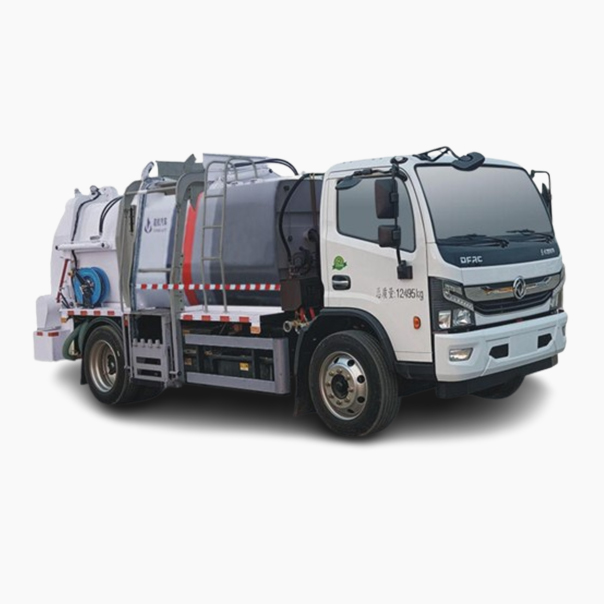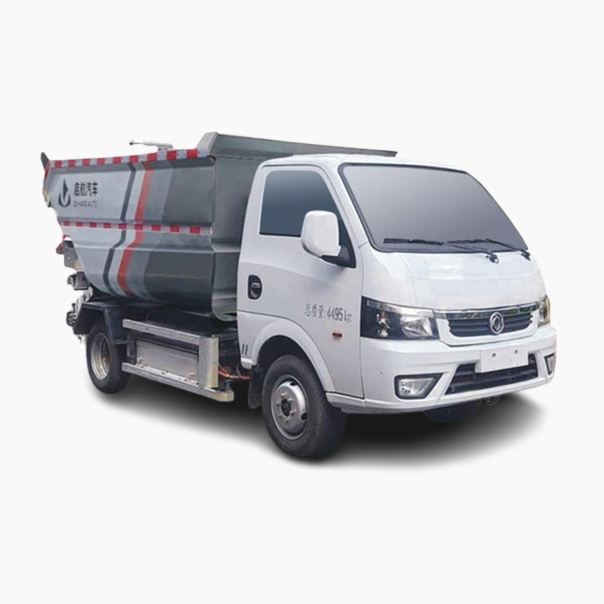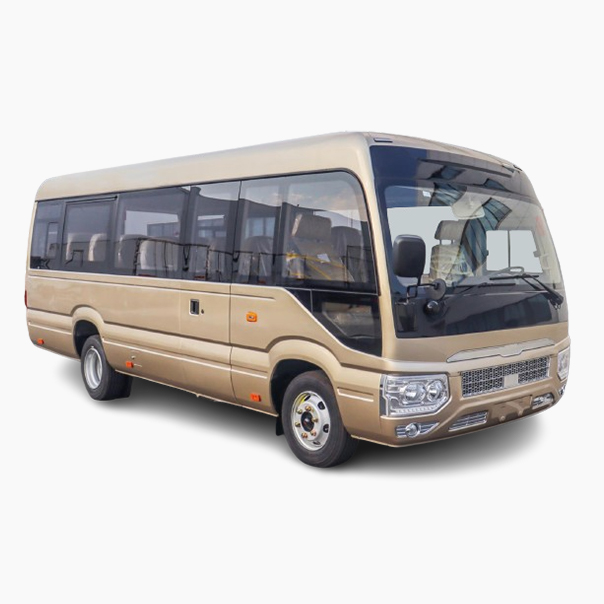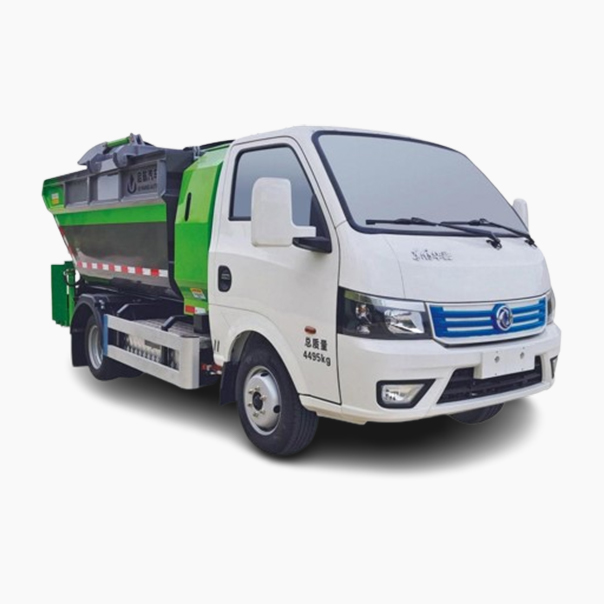The role and function of a sprinkler truck
Sprinkler truck is a multifunctional vehicle that integrates cleaning, environmental protection, and emergency response. Its main functions include road cleaning and maintenance, greening maintenance, environmental governance, and special scenario applications. The specific functions are as follows:
1、 Core functions
Road cleaning and maintenance
Washing and dust removal: Clean the road surface with a high-pressure water gun to remove pollutants such as dust, sediment, and oil stains, reducing the pollution of dust to the air.
Cooling and noise reduction: Watering during high temperatures in summer can lower road surface temperatures and reduce the heat island effect; Winter can suppress road icing.
Improving driving safety: Wet road surfaces increase friction coefficient and reduce the risk of vehicle slippage.
Greening maintenance
Vegetation irrigation: Providing water sources for green belts, roadside trees, etc. by spraying water mist or high-level showerheads to maintain healthy plant growth.
Pesticide spraying: Some sprinkler trucks are equipped with pesticide devices for large-scale pest control.
Environmental governance
Air purification: Water mist adsorbs particulate matter (such as PM2.5) and harmful gases in the air, improving air quality.
Dust reduction on construction sites: suppress construction dust and reduce its impact on the surrounding environment.
2、 Special scenario applications
Emergency firefighting: Equipped with high-pressure water guns and water storage tanks, it can assist in extinguishing small fires or buy time for firefighting and rescue.
Drought resistant water transportation: Transporting domestic or irrigation water sources in water scarce areas to alleviate drought conditions.
Epidemic prevention and control: Some vehicle models can be sprayed with disinfectant for epidemic prevention operations in public places.
3、 Applicable scenario extension
Urban roads: Blue brand sprinkler trucks are flexible and suitable for narrow streets and densely populated areas.
Factories, mines, and construction sites: For example, sanitation sprinklers can be classified into spray type, flushing type, etc., to meet different operational needs.
Residential area and campus: used for internal road cleaning and green irrigation.
Summary: Sprinkler trucks have become the core tool for urban environmental maintenance through their multifunctional design, while also meeting emergency needs. They are indispensable landscaping vehicles and environmental protection equipment in modern urban management.
